Germs Live in the Environment
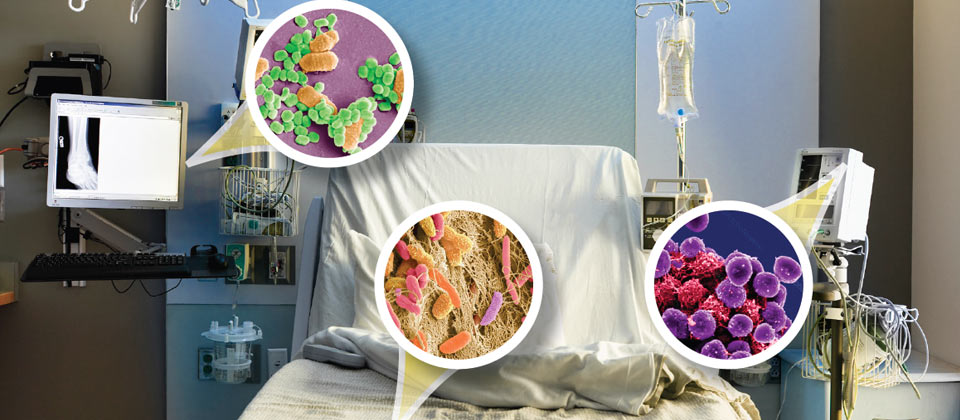
Germs are everywhere, including on surfaces and things in the healthcare environment.
Recognizing where germs live in the healthcare environment (reservoirs) and how they can spread (pathways) can help you take the right infection control actions to protect your patients, yourself, and your coworkers.
Common reservoirs in the healthcare environment include water and wet surfaces, dry surfaces, dirt and dust, and devices.
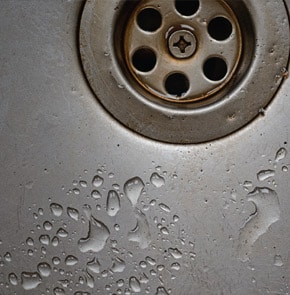
Water and Wet Surfaces
- Wet surfaces are a good place for bacteria to grow.
- Tap water is safe to drink, but is not sterile. That’s why we use special sterile water for IVs and injections.
- Pathways of spread include:
- Touch
- Splashes and sprays
- If medical devices get wet, they can start growing bacteria that can spread to other places or people
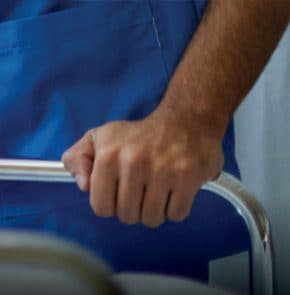
Dry Surfaces
- Germs that are found on the body, in the air, and in stool can often be found on dry surfaces.
- This includes high-touch surfaces like bed rails, door handles, light switches, and keyboards.
- Many of the germs that live on dry surfaces can live for a very long time – days or even weeks.
- Pathways of spread include:
- Touch
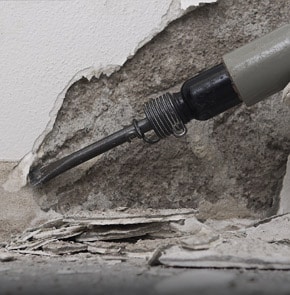
Dirt and Dust
- Germs that live in dirt and soil are breathed in all the time, but can be harmful for patients with weakened immune systems.
- In health care, we’re generally concerned about construction inside or outside the building that can create dust that has germs in it.
- Pathways of spread include:
- Breathing in
- Touch
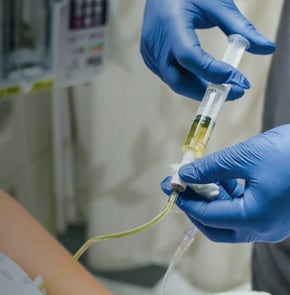
Devices
- Medical devices used in health care can have germs on them and are often in contact with multiple surfaces and people.
- When used on or in a patient’s body to provide care, any germs on devices can spread to the patient.
- Pathways of spread include:
- Touch
- Bypass/breakdown of the body’s defenses (for example, broken skin that allows germs to enter the body)
Page last reviewed: March 11, 2022
